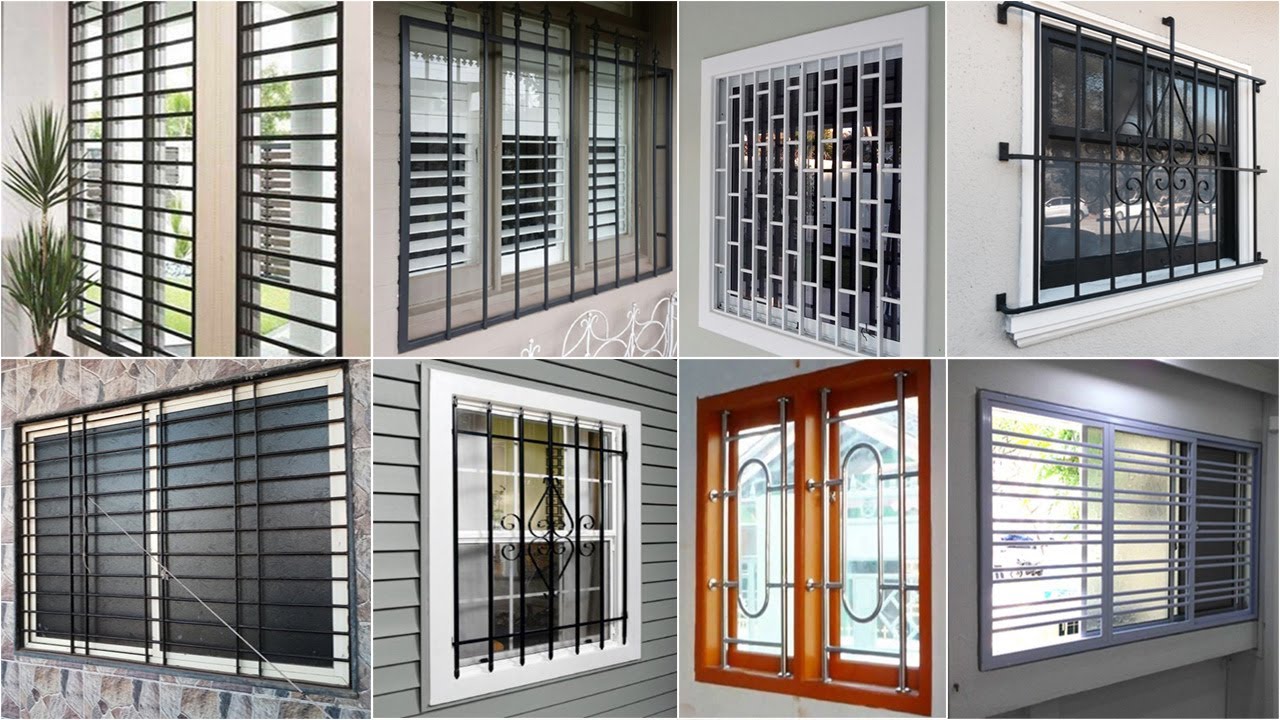In the world of rotating equipment—pumps, compressors, mixers, and more—mechanical seal play a crucial role in maintaining system integrity, preventing leaks, and increasing equipment reliability. Despite being relatively small components, mechanical seals are vital for safe and efficient operations in industries such as oil & gas, chemical processing, pharmaceuticals, food & beverage, and water treatment.
In this blog post, we’ll explore what mechanical seals are, how they work, the different types available, and why they’re important.
What Is a Mechanical Seal?
A mechanical seal is a device that helps join systems or mechanisms together by preventing leakage, containing pressure, or excluding contamination. In rotating equipment, it is placed where the rotating shaft passes through the stationary housing to prevent fluid from leaking out along the shaft.
Mechanical seals are a more sophisticated and reliable alternative to traditional sealing methods such as packing glands, which require frequent maintenance and adjustment.
How Do Mechanical Seals Work?
Mechanical seals operate by creating a seal between two flat, smooth surfaces: one rotating with the shaft and the other stationary with the housing. These surfaces are kept in close contact, often with the help of spring mechanisms and secondary sealing elements like O-rings or gaskets.
A thin film of fluid between the faces provides lubrication and helps minimize wear and friction. Proper alignment, cooling, and lubrication are essential for the seal’s performance and lifespan.
Types of Mechanical Seals
There are several types of mechanical seals designed for different operating conditions:
1. Pusher Seals
These seals use springs to maintain face contact and compensate for wear and thermal expansion. Common in high-pressure applications.
2. Non-Pusher Seals
Use bellows instead of springs. Ideal for handling corrosive fluids, as they eliminate the dynamic secondary seal.
3. Balanced Seals
Designed to reduce the load on the sealing faces, making them suitable for high-pressure and high-speed applications.
4. Unbalanced Seals
Simpler and less expensive but limited to lower pressures. Best used where system pressure is stable and predictable.
5. Cartridge Seals
Pre-assembled units that are easy to install and align, reducing the chances of installation error. Widely used in industries seeking quick and safe maintenance.
6. Gas-Lubricated or Dry-Running Seals
Used in applications where liquid lubrication is not desirable or feasible, such as compressors or processes involving hazardous gases.
Applications of Mechanical Seals
Mechanical seals are used across numerous industries and applications, including:
- Centrifugal pumps (water, chemicals, slurries)
- Mixers and agitators
- Compressors and blowers
- Marine and automotive engines
- Petrochemical processing
- Pharmaceutical and hygienic environments
Benefits of Using Mechanical Seals
Leak Prevention
Mechanical seals significantly reduce or eliminate leakage, improving safety and reducing environmental impact.
Lower Maintenance
Compared to traditional packing, mechanical seals require less frequent maintenance and adjustment.
Energy Efficiency
Reduced friction and drag help save energy over time.
Extended Equipment Life
By maintaining proper sealing and lubrication, seals protect both the shaft and housing from wear and corrosion.
Compliance with Environmental Regulations
In industries where emission and leak control are critical, mechanical seals help meet stringent standards.
Conclusion
Mechanical seals are fundamental components in rotating equipment, offering efficiency, reliability, and environmental protection. Selecting the right type of seal, ensuring proper installation, and performing routine maintenance can significantly extend the life of both the seal and the equipment it’s used in.If you’re designing or maintaining machinery that involves fluid transfer, understanding and properly applying mechanical seals is key to long-term success.


